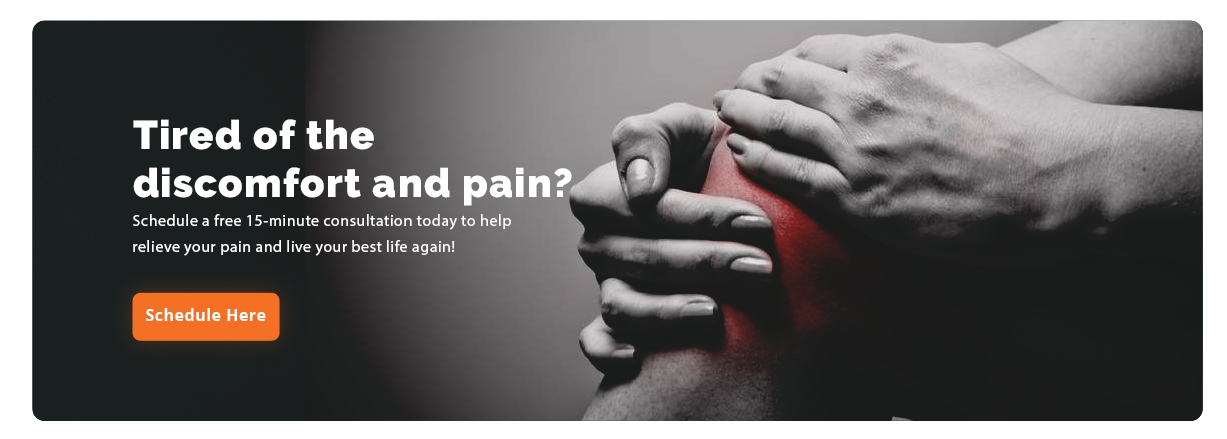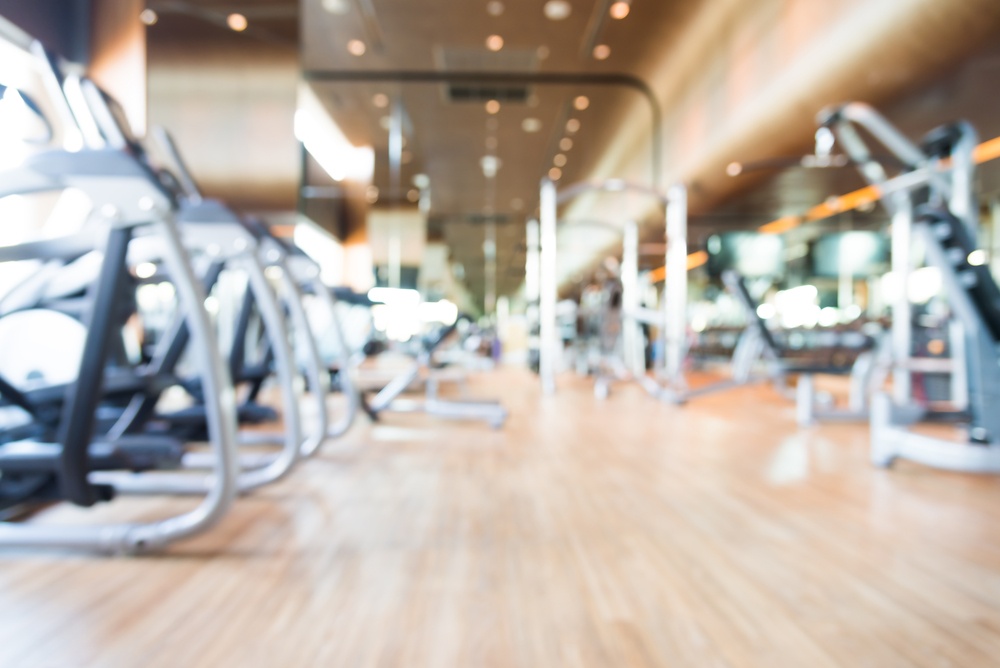“It is not the strongest or the most intelligent who will survive but those who can best manage change.” -Charles Darwin
The era of making the ritual trek to the gym or health club for a workout may have come to an end with the social and economic havoc of the novel coronavirus COVID-19. While there may still be facilities opening once communities return to life “almost as normal” in the coming weeks and months, many fitness businesses have closed their doors for good.
And there are many customers who are not likely to go back to using the ones that do open.
Change Can Be Hard; Change Can Be Good
The fallout from the coronavirus pandemic has been unprecedented. That’s a term that has been overused in the last three months or so, but it is fitting when we speak of the changes that have taken place. It is also fitting when we consider how life as we knew it may be markedly different in the immediate future.
Politics, opinions and theories aside, the fact is that there will be many organizations, businesses and government entities that are going to adapt new ways of doing things and requiring new behaviors. Things will probably never be the same whether they need to really change or not.
A majority of businesses and individuals will likely come out of this pandemic largely unscathed and strive to continue on in an approximation of normalcy. Others will not. Many businesses will either have changed dramatically or ceased to exist.
And this may be the fate of many health clubs and fitness centers.
Can You Sweat Together In a Post-Coronavirus World?
A recent television news story from ABC Channel 7 News in San Francisco noted the impact on both the home fitness equipment industry and the local fitness establishments.
“Since March, Precor Home Fitness says sales have skyrocketed 300%. VP of Sales Dusty Schlotfeldt says they joke that ‘dumbbells are the new toilet paper,’ because they are flying off the shelves and they can’t keep them in stock.
Customer Oliver Perreras picked some up at the Walnut Creek store. He is taking home a full set of weights to exercise but he says the problem is finding space in the backyard or garage for the gear. Other customers are buying treadmills and ellipticals for their homes since their clubs or gyms are closed.
Schlotfeldt said, ‘I think people are going to make a major shift to work out at home and long-term I don’t think that’s going to change. We’ve been hiring staffing, buying additional delivery trucks. It’s been hectic since day one.’”
With the various shut-down orders and stay-at-home regulations, going to the gym hasn’t been possible for most people since early March in California. And, even if their favorite facility has somehow managed to continue offering onsite services, most members are unlikely to show up.
Anya Litvinova owns Catalyst Fitness in Concord. Litvinova told ABC Channel 7 News,
“Every time I’ve asked people ‘what do you think of going back?’ They are very fearful. I think a lot of people are going to keep doing the virtual.”

Litvinova thinks the fitness business is going through a sad transition as her clients say they don’t want to go back in a room and work out next to other people, especially if they have to wear a mask.
It’s not just California, either. In states like Colorado, gym owners face a grim future. According to KRDO in Colorado Springs, a local survey of fitness enthusiasts reported 54.19% did not plan to return to their gyms when they reopen. The report also shows 38.7% have either canceled their memberships or are considering it.
It’s not just local gyms that are struggling to stay afloat. Gold’s Gym filed for Chapter 11 bankruptcy on May 4, 2020 and now 24 Hour Fitness was exploring that option.
“The Times They Are a-Changin’”
While the brick-and-mortar facilities are struggling or overhauling their business models, virtual and digital fitness companies are benefiting from the industry upheaval.
For example, MIRROR, an interactive at-home fitness system that looks like a full-length mirror, has seen an increase in sales.
“Sales have more than doubled since the advent of Covid-19,” MIRROR CEO Brynn Jinnett Putnam told CNN Business in an email.
For many online-only fitness services like Obé, business is booming. Obé gives members unlimited access to 14 live daily classes and more than 4,000 on-demand classes. Co-founders Mark Mullett and Ashley Mills have reported that their sales are soaring.
The good news for those who want to workout regularly, who are serious about their fitness journey and their ability to be able to workout, is that this shift can be navigated.
However, in the absence of personal trainers and on-site athletic trainers it is important to be cautious and avoid injuries while working out at home and, often, alone.
USA Today notes that the National Athletic Trainers’ Association offers five safety tips on how to keep muscles working effectively and reduce the risk of injury while working out:
Evaluate Your Space
Make sure your environment is clear of any obstructions and has sufficient room for the activity of choice.
Warm Up And Cool Down
With any physical activity, proper warm up and cool down is critical to reduce the risk of injury.
Sleep
Proper sleep is critical. It affects everything from healing, recovery, metabolism, muscle growth, weight control, mental health.
Hydrate
Drink water before, during and after any type of workout to avoid cramps, fatigue and other cognitive issues.
Nutrition
Fight injury with micronutrients by eating with health in mind.
Treating Workout Injuries at Pain and Performance Solutions
Your initial consultation and assessment will allow us to learn all we can about your present pain and condition, along with any history of discomfort, and your current level of activity.
This is important to treating and relieving your pain, since it can only start once we understand where and how your pain started.

A full examination will help us determine which form of treatment is best suited to get you on your road to recovery. Your trust in us is key, as is your honesty. Ultimately, getting your body healthy and working properly is the only way to achieve total recovery.
Our goal is to work through the sequence of pain and dysfunction in order to get your body healthy and working properly and to achieve total recovery. Don’t hesitate to reach out. We are here to help and will answer any questions that you may have.
You can reach us at (707) 636-4404 or by filling out our online contact form.
The Future of Virtual Fitness: A New Era of Personalized Training
As we move deeper into a post-pandemic world, one growing trend is the rise of personalized virtual fitness programs. While virtual fitness classes have skyrocketed in popularity, there’s a shift toward offering tailored workout routines based on individual fitness levels, goals, and even injury histories. This personalized approach not only provides a more engaging experience but also offers a level of accountability that’s often missing from generic online classes.
Many companies are leveraging AI-driven fitness apps to create customized workout plans that evolve as you progress. These apps use motion-sensing technology or wearable devices to monitor performance, ensuring that your form and intensity are on track to prevent injuries. This evolution in fitness technology ensures that home-based workouts will remain relevant, even as gyms attempt to regain their footing.
